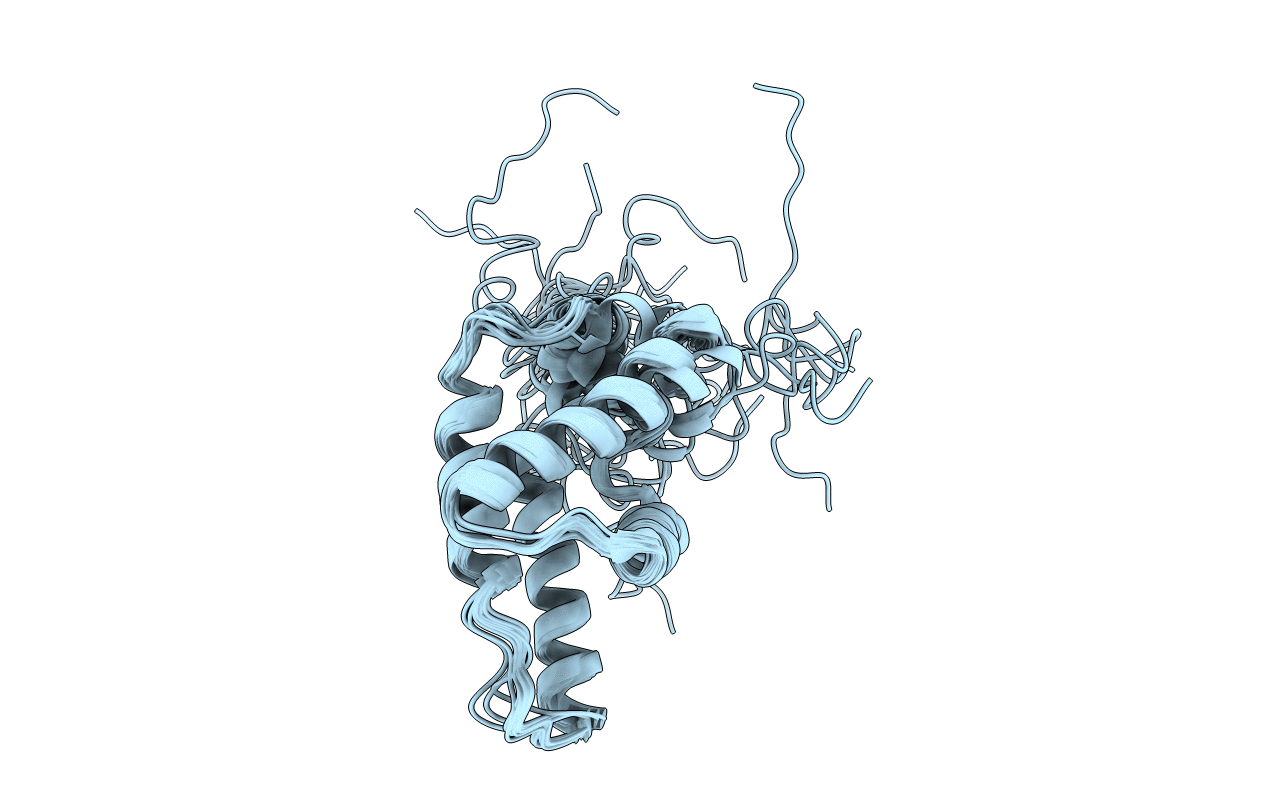
Deposition Date
2016-08-02
Release Date
2016-10-05
Last Version Date
2025-04-09
Entry Detail
PDB ID:
5LMY
Keywords:
Title:
Solution structure of the m-pmv myristoylated matrix protein
Biological Source:
Source Organism:
Mason-Pfizer monkey virus (Taxon ID: 11855)
Host Organism:
Method Details:
Experimental Method:
Conformers Submitted:
15


